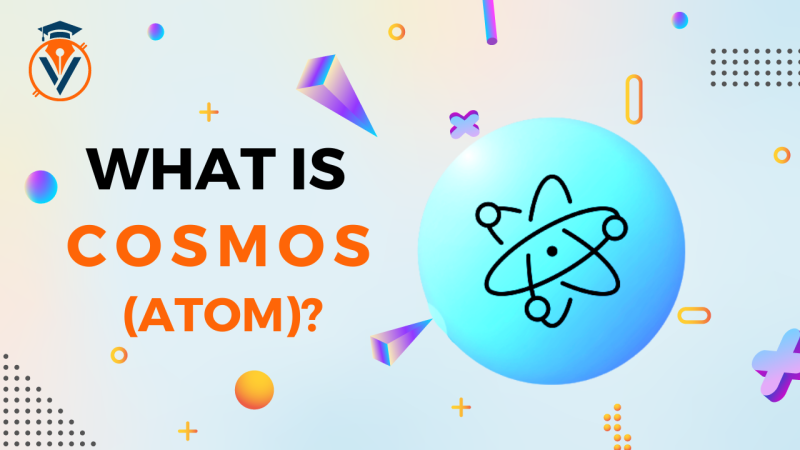The idea of the side chain was established when Layer 2 (an extra layer supported by a master chain) type solutions were created to cover the gaps in the leading blockchains.
A side chain (also known as a side chain) is a parallel blockchain constructed to increase the performance of another blockchain.
Because the two are autonomous, a side chain may interact with the current blockchain without jeopardizing its survival. The sidechain differs from the main blockchain in terms of programming and functionality while being compatible with the chain to which it is linked.
Let's take the case of Bitcoin as an illustration of how valuable a sidechain may be. For example, we can't create Dapps on the blockchain, but we could do so using a side chain that interacts with Bitcoin bilaterally. For the moment being, it is the easiest way to increase the functioning of the blockchain without changing a single piece of code.
Because sidechains merely enabled us to test the present blockchain's bounds, they are seen as a significant advancement in blockchain technology.
- Sidechains are intended to enhance the overall performance of the blockchain and future extensions.
- Sidechains are among the blockchain technologies that may boost overall scalability. Side connections are used on a line to perform unrelated actions to the primary thread, and it is how we divide the (main chain) and improve efficiency in the long term.
- Sidechains are secondary and supplementary chains that emerge from the main blockchain. You're implying that this sidechain runs along a chain.
How does the sidechain work?
As we saw in the introduction, the side chain is distinct from the main blockchain, but it is still linked to it. Next, we'll utilize a bi-directional ankle to allow the two to interact (communicate). The exchange of assets between the major blockchain and the sidechain will be feasible due to this docking.
Technically, the mainchain user will transmit their assets/tokens to the exit address. The tickets will be locked, and the user will be unable to utilize them in any other manner. After the transaction is completed, the confirmation is delivered through the side chain. There may be a delay proportionate to the number of tokens created on the sidechain, but he will be able to access and spend them from there. There is, of course, a reversal process when a side chain joins the main chain. You understand that the connection points between the main chain and the side chain are required indirectly, and these points are referred to as (Federations).
Why are there federations?
A federation is a group that serves as a connection point between the main chain and the side chains. After then, this committee will decide when the assets will be utilized, locked, and released. The side chain's developers may choose the participants in the union.
1. Sidechains provide security
You should be aware that the side chain is essential to maintain the system's security.
For example, if there isn't enough computational power, the system is subject to hacker assaults, affecting just the side chain and not the main chain. In contrast, if the main chain is damaged and compromised, the side chain will very definitely be unaffected, but the junction point between the two chains will be compromised. It is why side chains must have their miners to ensure their overall security.
2. Lisk
A sidechain platform enables developers to create Dapps using the javascript programming language. It has gotten a lot of attention. Because it is the most commonly used programming language, it is a fantastic platform for developers. Lisk, by the way, has its token (LSK) and enables you to establish sidechains for any blockchain that requires it and wants to install Dapps.
If Lisk has been incredibly well-received, it is due to its scalability, which is aided by its dPOS, which dramatically speeds up processes. In a nutshell, it is the standard foundation for sidechaining.
3. RSK
For its sidechains, RSK has introduced Ginger, an open-source test net. RSK is especially interested in Bitcoin, the ultimate blockchain. There is a two-way link to the Bitcoin blockchain, and so-called merged mining pays Bitcoin miners. RSK's primary goal is to enable smart contracts on the Bitcoin blockchain to process payments more quickly.
We may have also highlighted Blockstream's Liquid network as a potential project. Liquid's goal is to make Bitcoin transactions as quick as possible, and one of the earliest efforts to concentrate on it was this one.
Why is the side chain important to blockchain technology?
As you probably know, side chains allow you to enhance the blockchain by using a well-designed mechanism, and assets may be easily moved from one blockchain to another via sidechains.
Finally, side chaining has a variety of applications, including allowing blockchains to introduce new private functions without having to change their protocol. It is another significant benefit, leading to new applications and uses. For example, in the beta version, developers often use the opportunity to test the functionality.
Overall, the side chain built so far will increase security, reduce market fragmentation, and increase the flexibility of uses and experiences.
Conclusion
The side chains are separate from the main chain stays unaltered. Despite their independence, they can communicate with one another. Consequently, we may work on new functions without jeopardizing the main chain.
In any event, side chains have given blockchain technology a level of practical, if not required, scalability. However, since it represents the start of a more profound inversion, one can ask whether Layers 2, with side chains and other features, did not ultimately make the technology more complicated overall. Isn't it great to build a robust blockchain from the ground up...? Only the future will tell.


